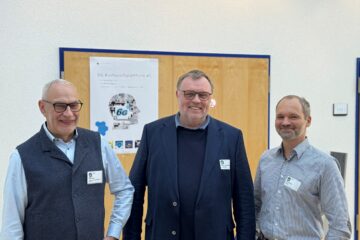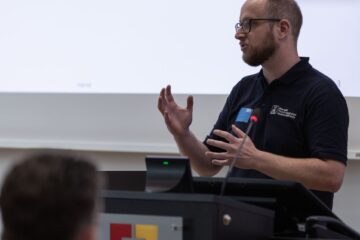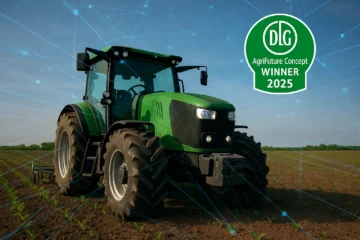ConnRAD – Trust and Resilience in Vehicle Communication
Over the past three years, our research group at htw saar has been part of the collaborative research project ConnRAD (“Connected Reliable Automated Driving”), working together with partners from academia, industry, and applied research to answer a key question:
How can connected vehicles communicate safely and reliably, even when their communication partners are not known in advance?
The project was funded by the German Federal Ministry of Education and Research (BMBF) with around €7.3 million and supervised by VDI/VDE. The consortium was coordinated by Bosch and included nine partners in total:
Bosch, Infineon, Fraunhofer FOKUS, Fraunhofer IEM, DCAITI, Technical University of Munich (TUM), University of Ulm, TÜV, and htw saar.
Project Objectives
ConnRAD aimed to develop system architectures, communication protocols, and trust mechanisms to enhance the reliability and resilience of safety-critical driving functions.
A key focus was on creating methods for mutual trust assessment between communication partners and for evaluating the reliability of shared information in V2X (Vehicle-to-Everything) communication.
Our Contribution
Our research group at htw saar led the work package “Resilient Communication Architecture and Protocols”.
We developed mechanisms for evaluating mutual trust and implemented Use Case 2 – “Reliable and trustworthy event notifications via V2X direct communication on highways” – as a technical demonstrator.
In addition, we acted as a liaison to the German 6G Platform, contributing ConnRAD results to the ongoing discussions and maintaining an active exchange within the 6G research community, including regular participation at the 6G Conference.
Final Event
The ConnRAD final event took place on October 23, 2025, at Bosch in Renningen.
After several concise presentations, participants had the opportunity to experience the project results firsthand:
- through a comprehensive poster session featuring more than 20 posters,
- via various simulators and technical demonstrators, and
- on the test track, where all three use cases were presented in live demonstrations, including rides in automated and teleoperated vehicles.
Conclusion
ConnRAD demonstrates how collaboration between industry, research, and academia can lay the foundation for trustworthy and resilient vehicle communication.
We are proud to have contributed our expertise in trust evaluation, communication architecture, and V2X security to advancing the mobility of the future.



